Your Guide To Window Blind Material Types

Indoor blinds are one of the easiest ways to elevate your home, transforming a cold, unwelcoming room into a cosy, private space.
To make the most of it, you not only need to choose the right type of indoor blind, but the best material to complement it.
Here, we’ll look at the durability and functionality of the 5 most common blind materials and which one will work best for your home.
5 Popular Indoor Blind Materials (And What’s Best For You)
When choosing indoor blinds for your home, the first step is deciding what material will work best in your space.
5 of the most common materials you’ll come across include:
1. Fabric

Fabric is the most versatile material for indoor blinds. Fabric blinds are made from polyester, PVC or acrylic and available in a range of colours, patterns and opacities that offer varying degrees of insulation and light control.
The most popular fabric blinds on the market include roller blinds, blackout blinds, roman and vertical blinds. There’s also the flexibility to combine two fabric choices on a single, slimline bracket with double roller blinds.
Fabric blinds are a functional and stylish window covering for bedrooms, living rooms, studies and home theatres. However, it’s best to avoid them in high moisture areas like bathrooms and kitchens as they will absorb moisture and may go mouldy.
2. Wood
Wooden blinds are ideal for those looking for a window covering with the ‘wow’ factor. Wood is a popular material for venetian blinds and plantation shutters in living rooms, studies and bedrooms.
Wooden blinds offer a premium alternative compared to synthetic materials while contributing a touch of warmth and style to any room. They’re also an extremely durable window covering that won’t bend or bow in the wind or from kids or pets peeking through them.
The only consideration for wooden blinds is that they do not work well in high-moisture areas. The humidity will eventually cause the wood to warp and damage the look of your blinds, so it’s best to avoid installing them in bathrooms, kitchens and laundries.
3. Faux Wood
Faux wood blinds are a great, affordable alternative to wooden blinds. They still add warmth and style to a room without the high price tag.
Faux wood blinds are typically made from a synthetic material like PVC, vinyl or foam wood. This makes them great for use in bedrooms, living areas and even high moisture areas like bathrooms because they won’t absorb moisture like real wood.
4. Vinyl
Vinyl is one of the most common materials for venetian blinds because it’s affordable and easy to maintain. Made from a synthetic polymer material, vinyl blinds won’t rust or absorb moisture, so they’re ideal for any room of the home, from bathrooms to basements and hallways.
However, be mindful that vinyl is easily bent and broken with extensive use or rough handling, so it’s probably not the ideal blind material for families with young kids (or cats!).
5. Aluminium
Another popular and durable material for internal (and external) venetian blinds is aluminium. The light, sturdy and reflective composition of aluminium makes it very effective at deflecting light and heat away from the home, keeping you cool and comfortable on hot summer days.
Aluminium is non-corrosive and water resistant, so it’s the ideal window treatment for all areas of the home, from bedrooms to laundries and bathrooms. Aluminium blinds are also easy to clean and won’t warp, bend or peel over time.
Choose Australia’s Leading Indoor Blind Supplier
When choosing window blinds for your home, it’s important to prioritise a durable and functional system that will provide a long-lasting shade solution.
Helioscreen is Australia’s leading supplier of window blinds for a variety of residential and commercial applications. Contact us today for more information.


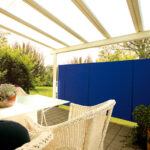
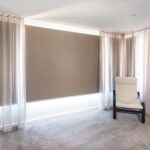

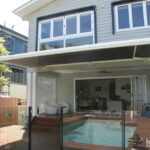


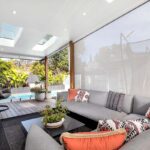


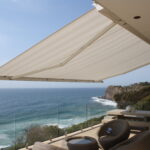

No Comments